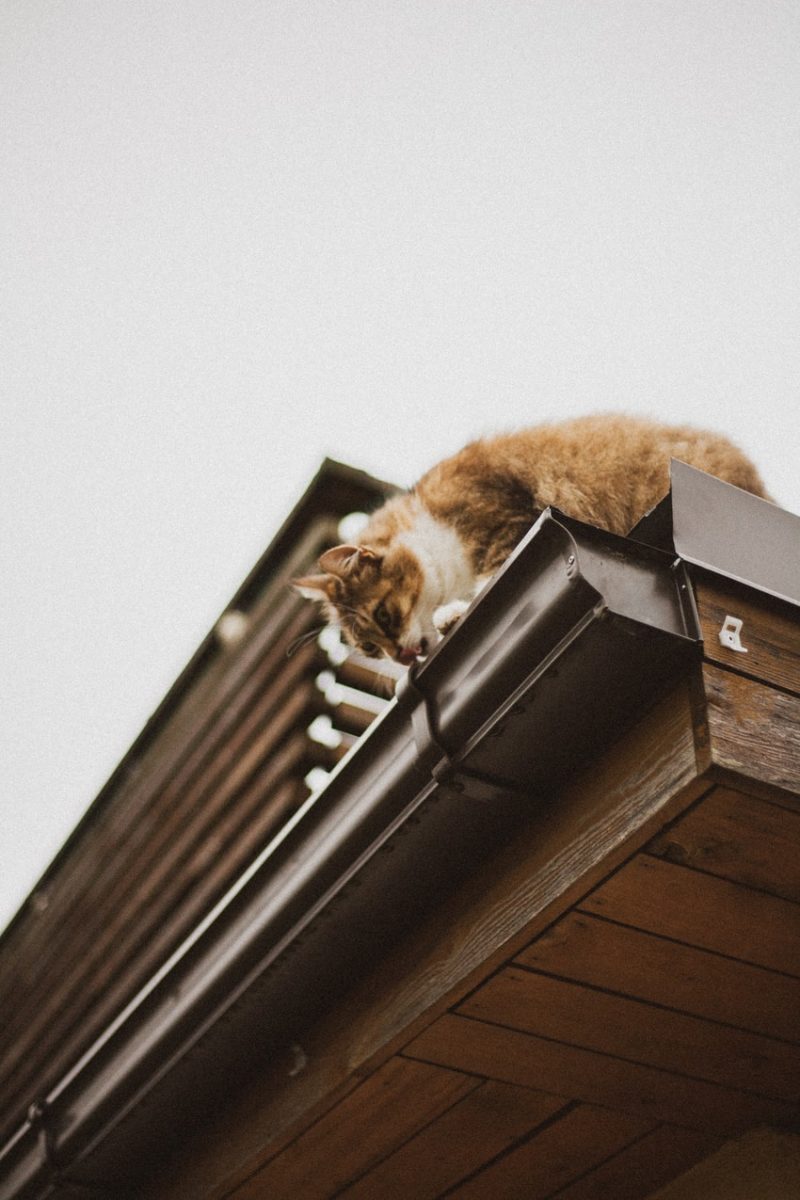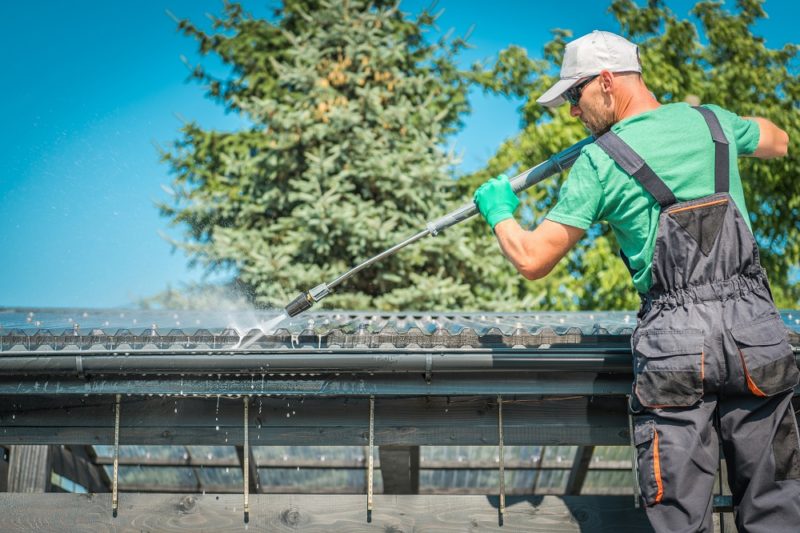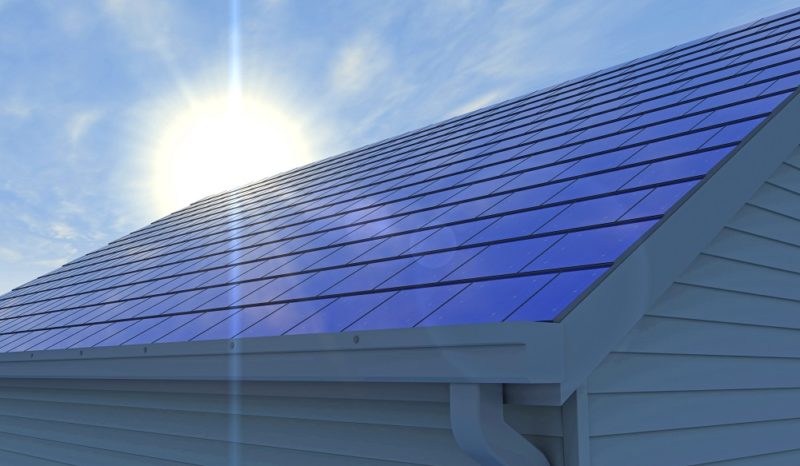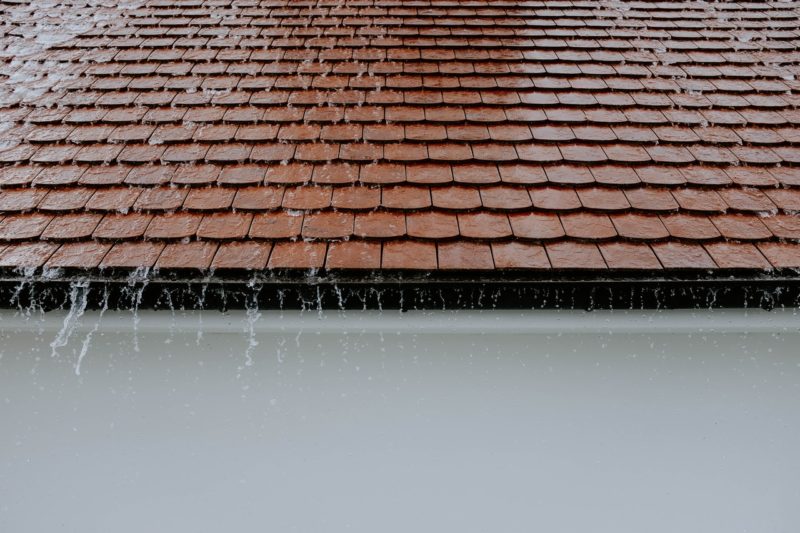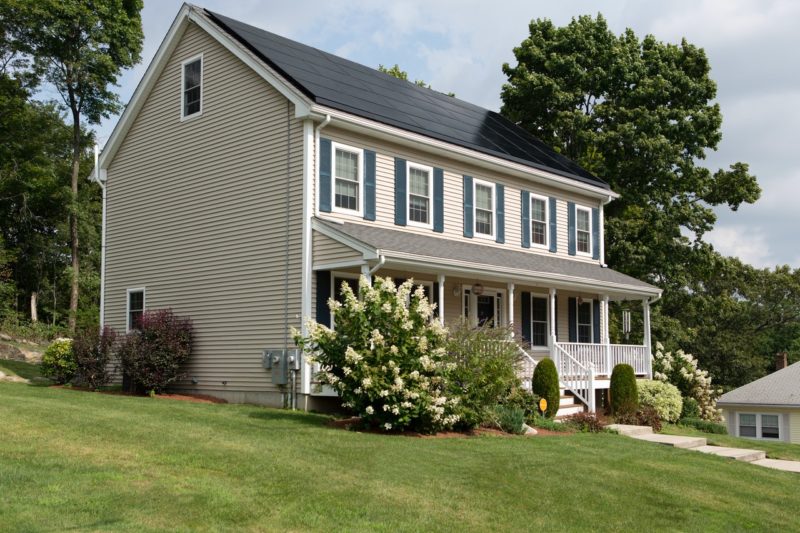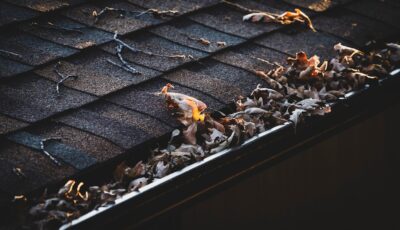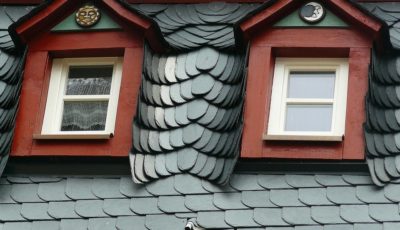Previous Story
Gutters: Different Styles with Pros & Cons of Each
A home’s roofing system is incomplete without gutters, which control rainfall and shield your property from possible water damage. It’s important to select the proper gutter style for your house. To assist you in making a wise choice, we’ll examine several gutter patterns in this tutorial, along with their benefits and drawbacks.
K-Style Gutters
Pros:
- Aesthetic Appeal: K-style gutters have a decorative profile resembling crown molding, making them an attractive option for many homes. Their elegant appearance can add a touch of sophistication to your property’s exterior.
- Efficient Water Flow: The unique design of K-style gutters allows for optimal water flow, even during moderate to heavy rain. This efficiency helps prevent water buildup and potential damage to your home’s foundation.
- Durable: K-style gutters are often crafted from sturdy materials like aluminum or steel, ensuring longevity and resistance to corrosion. Their durability means they can withstand various weather conditions without deteriorating quickly.
Cons:
- Complex Installation: Because of their complex form, installing K-style gutters might be more difficult. To guarantee proper operation, you need a reputable gutter company. The design calls for exact dimensions and installation.
- High Cost: K-style gutters may cost a little more than other gutter designs due to their attractive appearance and sturdy construction. For their performance and aesthetic appeal, this expenditure is typically worthwhile.
Half-Round Gutters
Pros:
- Classic Looks: Half-round gutters have a traditional aesthetic that blends well with various architectural designs. Half-round gutters are a great option if you value a more conventional or vintage appearance for your property.
- Easy Maintenance: Half-round gutters are less likely to accumulate dirt due to their form, which lowers maintenance needs. With this function, cleaning will take less time and effort.
- Successful Water Flow: Half-round gutters effectively direct rainfall away from your house, protecting your siding, foundation, and landscaping from water damage.
Cons:
- Lower Water Carrying Capacity: Half-round gutters may be less capable of carrying water than certain other types. While they perform admirably in light rain, they could find it difficult to deal with torrential downpours.
- Cost: Depending on the material, half-round gutters may be more expensive than conventional K-style gutters. However, for homeowners looking for a particular aesthetic, its distinctive appearance frequently justifies the price.
Box Gutters
Pros:
- Sleek and Low-Profile: Box gutters are low-profile and inconspicuous, giving your house a seamless appearance. They may even be integrated into the structure of your home. They mix well with the architecture of your house.
- High Capacity: Due to their large water-carrying capacity, they are appropriate for places with frequent rainfall. Box gutters can contain considerable amounts of water without spilling.
- Customizable: Box gutters’ appearance may be altered to fit the architectural style of your house. This enables the creation of a seamless and attractive gutter system.
Cons:
- Complex Installation: Due to its incorporation into the building’s structure, box gutters require professional installation skills. For them to work properly, installation must be done appropriately.
- Maintenance: If box gutters are not fitted or planned properly, they may need extra maintenance. To avoid water damage, routine maintenance and inspection are crucial.
Fascia Gutters
Pros:
- Streamlined Design: To create a neat, unobtrusive appearance, fascia gutters are incorporated into the fascia board. They offer a smooth transition between your gutter system and roofline.
- Protection: Fascia gutters aid in preventing water damage to the fascia board, increasing its longevity. This extra security might shield against pricey maintenance or replacement.
- Variety of Materials: Fascia gutters are available in various materials, such as aluminum, copper, and vinyl. With so many options, you may pick the one that best suits your house’s aesthetic and financial needs.
Cons:
- Limitation in Capacity: Compared to bigger gutter designs, fascia gutters may only be able to transport a certain amount of water. They might not be appropriate for areas with heavy rain or regular storms.
- Professional Installation: Proper installation frequently needs professional skills to guarantee that fascia gutters are smoothly merged with the fascia board and offer efficient water management.
Seamless Gutters
Pros:
- Reduced Leaks: Seamless gutters are designed specifically to match the size of your property, lowering the possibility of seam leaks. Their overall performance is improved, and this feature minimizes water damage.
- Low Maintenance: Their construction limits debris accumulation, which lowers maintenance requirements. You might benefit from a gutter system requiring less regular cleaning if fewer obstructions and blockages exist.
- Different Materials: Various materials offer Seamless gutters to match your tastes and financial limitations. You can choose between many materials, like copper, aluminum, and others.
Cons:
- Installation complexity: Professionals ought to set up seamless gutters using specialized tools. DIY installation is not advised because of the accuracy needed to achieve a proper fit.
- Initial Cost: Seamless gutters may cost more to install at first than segmented gutters. However, many homeowners believe that the long-term advantages, such as less upkeep and repairs, outweigh the cost.
Conclusion
In conclusion, selecting the appropriate gutter type for your property entails considering various aspects, including price, maintenance needs, water-carrying capacity, and aesthetics. You may make an informed choice and ensure correct installation for efficient rainwater control and safeguarding of your home by speaking with a gutter expert or roofing professional.

